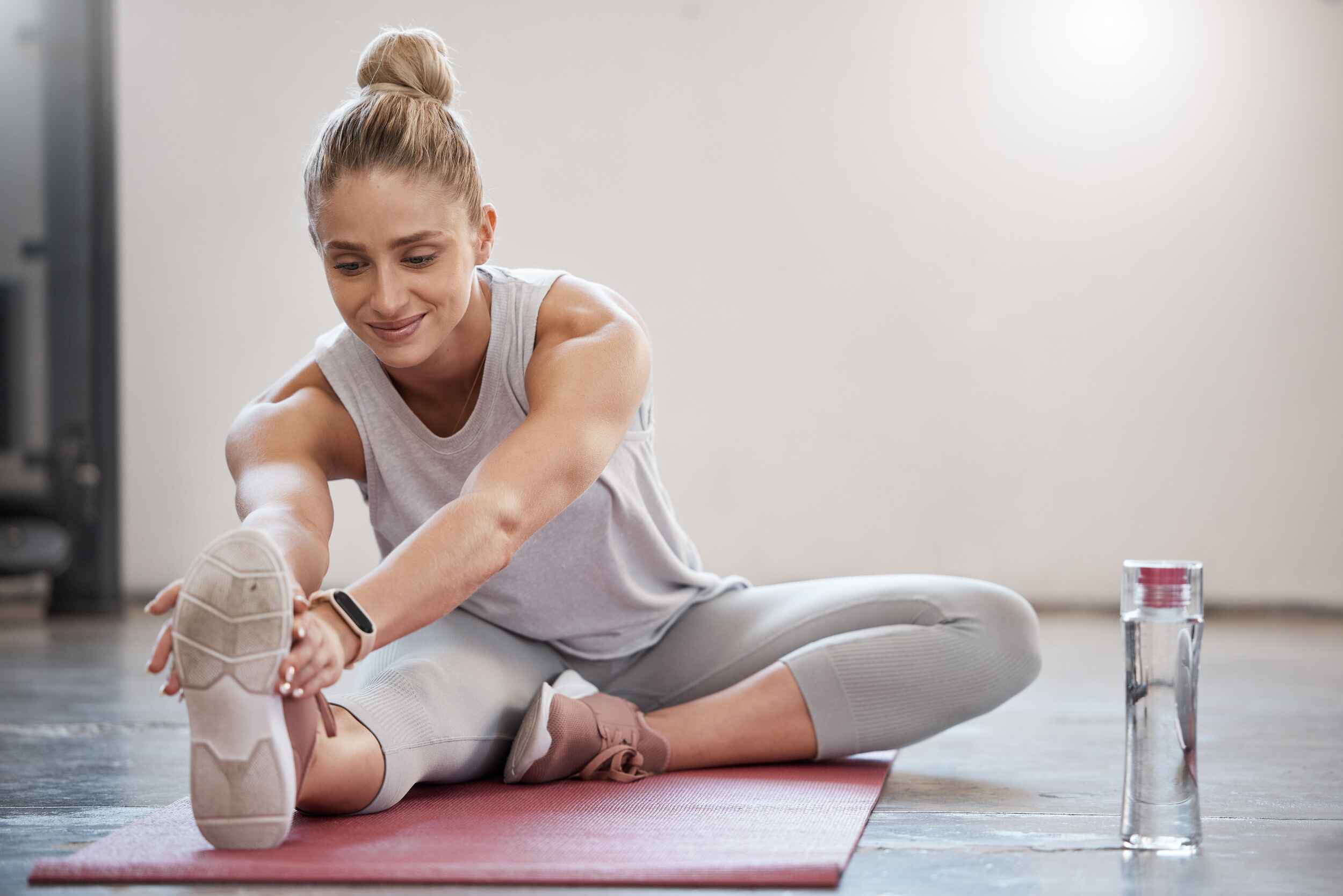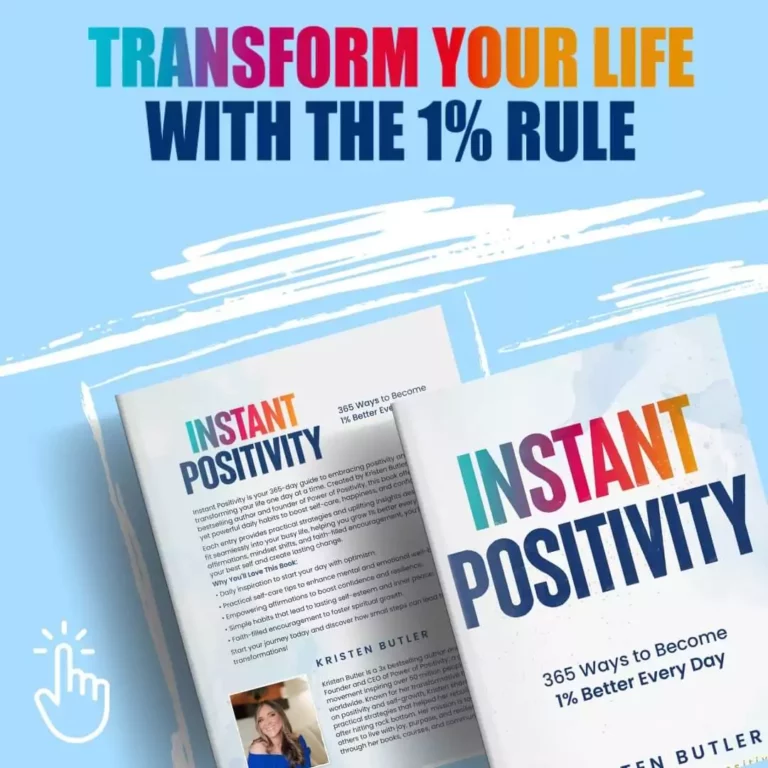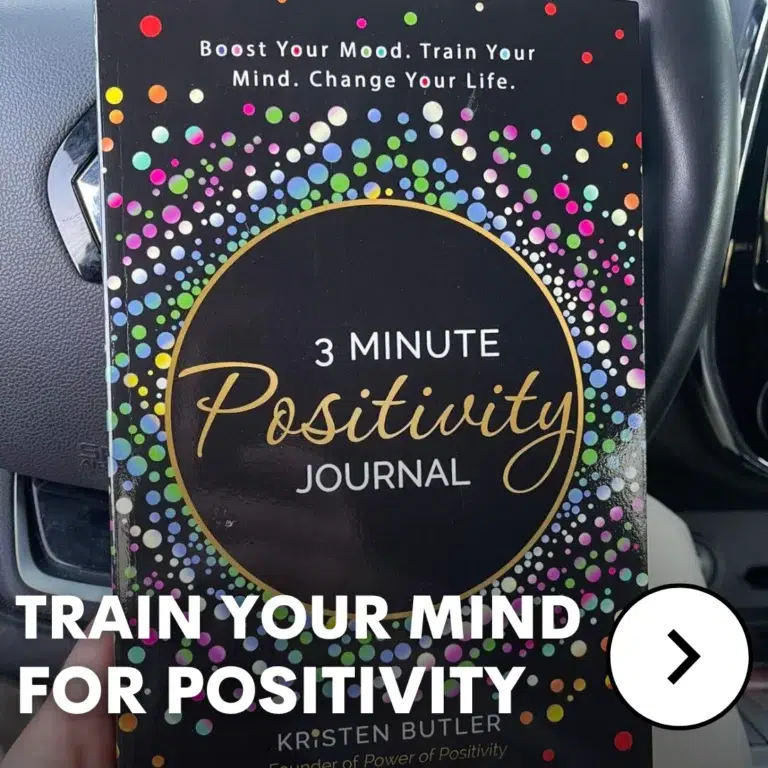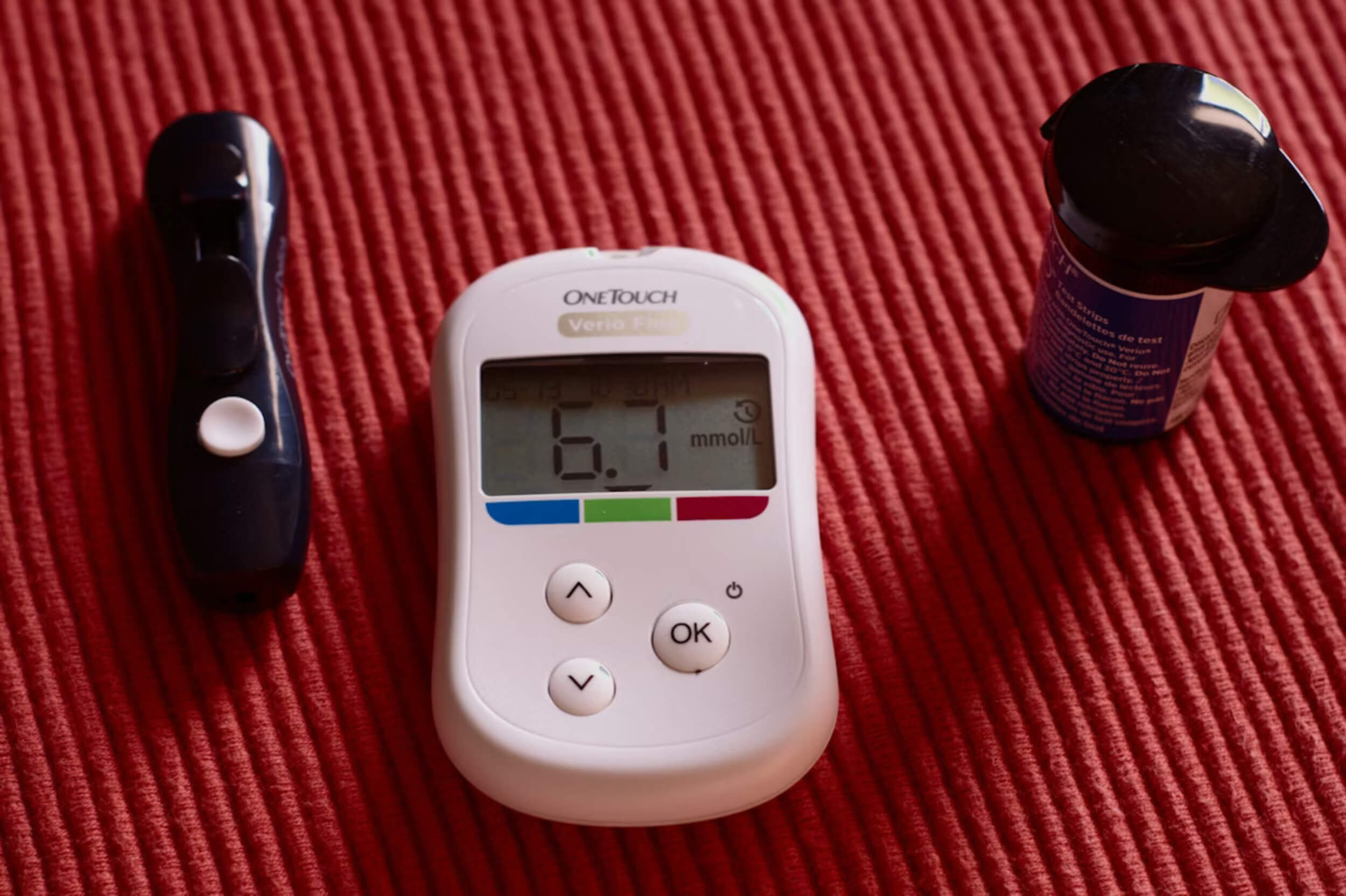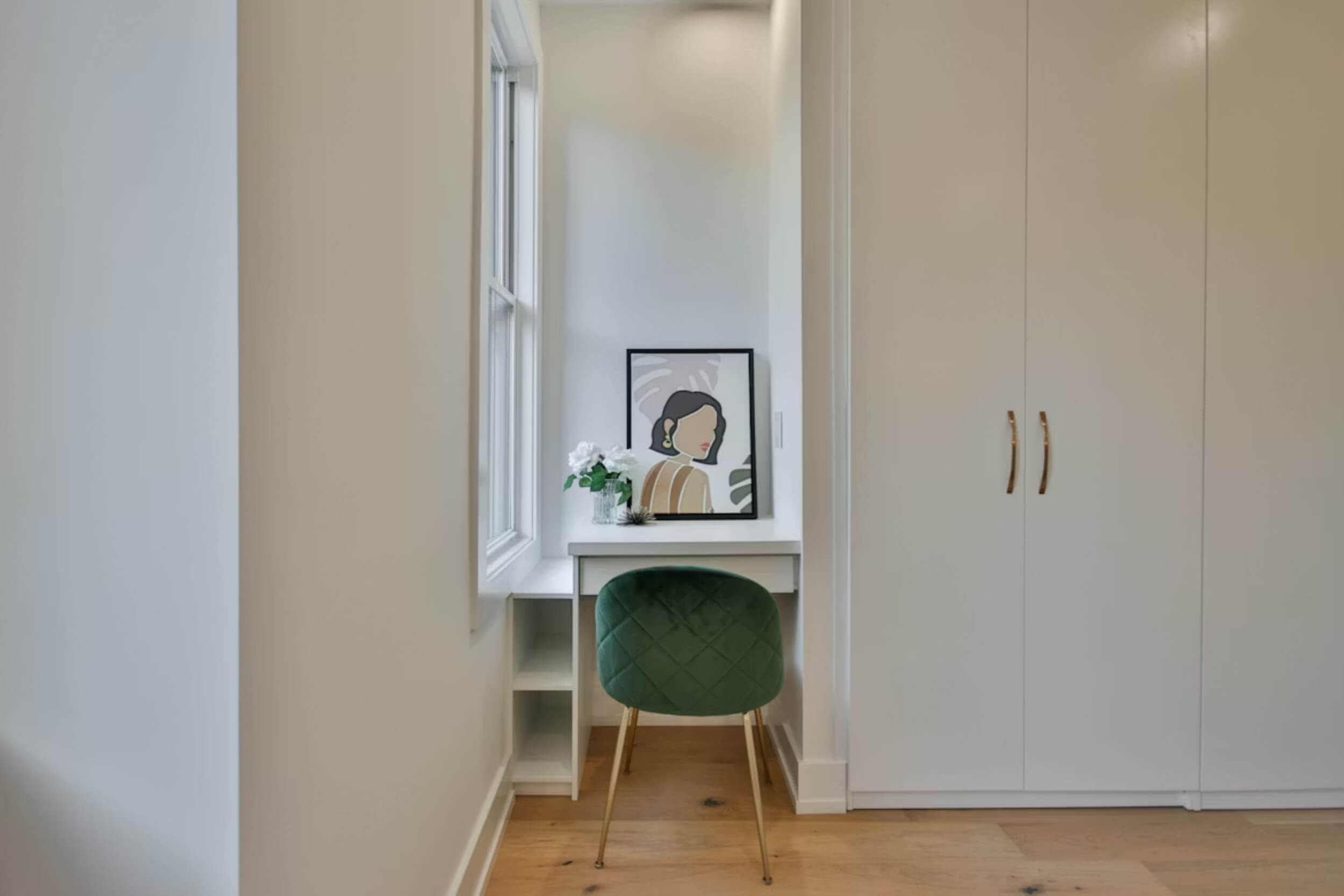Have you ever noticed how sitting too long makes your body ache? Stiffness builds up slowly, and before you know it, even small tasks feel uncomfortable. The truth is that a lack of movement is one of the main reasons people deal with daily pain. Muscles tighten, joints lock up, and your body starts to complain.
That’s where simple movements for pain relief come in. You don’t need fancy gear or hours at the gym. Gentle stretches and light motions increase blood flow, loosen tight areas, and give your body a chance to reset. Even a few minutes can help release pressure in your neck, shoulders, or back.
Think of these stretches as small habits that keep pain from taking over your day. With the right moves, you can feel lighter, move easier, and get back to doing the things you enjoy.
Understanding Pain and Stiffness
It’s easy to think pain comes out of nowhere, but most of the time it builds slowly. Sitting for hours at a desk, standing in one spot too long, or slouching without noticing can all lead to tight muscles. Poor posture and long stretches of not moving are some of the most common reasons people feel sore by the end of the day.
Pain is often the result of these small daily habits stacking up. The body isn’t designed to stay still for too long, so muscles tense up and joints lose their easy movement. This creates stiffness, and that stiffness often turns into pain.
The good news is that light stretching can help break this cycle. Adding simple movements for pain relief into your routine keeps blood flowing, helps muscles stay flexible, and gives your body the reset it needs to feel more comfortable.
Preparing Your Body Safely
Before you start any stretches or simple movements for pain relief, it’s important to set your body up the right way. Rushing into a stretch without preparation can leave you feeling more sore than before. A good rule is to start slow and pay attention to how your body responds.
Think of it like this:
- Begin gently. Don’t push too hard or force a position. Let your body ease into it.
- Warm up first. A few deep breaths, some shoulder rolls, or marching lightly in place helps wake up your muscles.
- Know when to stop. If you feel sharp pain, dizziness, or anything unusual, that’s your body telling you to pause.
By taking a few minutes to prepare, you make stretching safer and more effective. This way, each movement supports comfort instead of adding strain, and your body gets the most benefit.
Stretches for Neck and Shoulder Tension
Neck and shoulder pain are some of the most common complaints, especially for people who sit at a desk or look down at their phone all day. The good news is that a few simple movements for pain relief can loosen these tight spots and make you feel more relaxed.
1. Neck Release
Sit or stand tall. Slowly tilt your head to one side, bringing your ear closer to your shoulder. Hold this gentle stretch for about 15–20 seconds, then switch sides. You can also drop your chin forward toward your chest to ease the back of your neck.
2. Shoulder Rolls
Lift your shoulders up toward your ears, then roll them backward in a smooth circle. Repeat several times, then switch directions. This helps release tension that builds in the upper back and shoulders.
3. Upper Trapezius Stretch
Place one hand behind your back. With your other hand, gently guide your head by tilting your ear toward the opposite shoulder. Hold for 15–20 seconds, then change sides.
These easy stretches take just a few minutes but can bring lasting relief. Adding them into your routine helps prevent stiffness from turning into daily discomfort.

Stretches for Back and Spine Relief
Back pain is one of the biggest reasons people look for movements for pain relief. Long hours of sitting, bending, or even poor sleeping positions can make the spine feel stiff and sore. These three gentle stretches can ease pressure and keep your back more flexible.
1. Cat-Cow Movement
Start on your hands and knees with your wrists under your shoulders and knees under your hips. Slowly arch your back upward like a stretching cat, then drop your belly down while lifting your head and tailbone toward the ceiling. Move slowly between these two positions. This simple flow improves spine mobility and helps release tension from the back muscles.
2. Seated Spinal Twist
Sit upright in a chair or on the floor with legs extended. Cross one leg over the other and place your foot flat. With your opposite arm, gently hold the raised knee while twisting your torso toward it. Keep the stretch light—this opens the lower back without strain.
3. Child’s Pose
Kneel on the floor, sit back on your heels, and stretch your arms forward while lowering your chest toward the ground. This restorative pose calms the body and eases tightness across the entire spine.
Practicing these stretches daily keeps your back from stiffening and brings steady relief over time.
Hip and Lower Body Openers
Sitting for long hours can leave your hips and legs tight, which often leads to lower back pain. Adding a few simple stretches to your day can make a big difference. These movements for pain relief are easy to do at home and take only a few minutes.
1. Hip Flexor Stretch
Start in a kneeling lunge with one foot forward and the other knee on the ground. Keep your torso upright and gently shift your hips forward. You’ll feel a stretch along the front of the hip on the leg that’s behind you. This is especially helpful for anyone who spends much of the day sitting.
2. Hamstring Stretch
You can do this seated or standing. Extend one leg straight and hinge forward at the hips while keeping your back flat. Hold the stretch for 15–20 seconds. Stretching your hamstrings reduces pressure on your lower back and helps your legs feel lighter.
3. Figure-Four Stretch
Sit in a chair and cross one ankle over the opposite knee, forming a “4” shape. Lean forward slightly until you feel a stretch in your hip. This move is great for easing sciatic pain and hip tightness.
These lower body stretches keep your hips flexible, improve posture, and help your back stay pain-free.
Gentle Movements for Joint Mobility
Joints can feel stiff when you sit, stand, or repeat the same motion for long periods of time. Simple movements for pain relief can keep them flexible and help you move without discomfort. These gentle exercises only take a few minutes but can make a big difference.
1. Ankle Circles
Sit or stand with one leg lifted slightly off the ground. Slowly rotate your ankle in a circle, first clockwise, then counterclockwise. Do this several times on each foot. This helps reduce stiffness from long hours of sitting or standing.
2. Wrist Flex and Extend
Stretch your arm out in front of you with the palm facing down. Use your other hand to gently pull the fingers back toward you, then push them forward toward the floor. Hold each stretch for a few seconds. This is especially helpful for people who type or use a mouse most of the day.
3. Knee-to-Chest
Lie flat on your back and bring one knee up toward your chest. Hold it with both hands for 15–20 seconds, then switch legs. This simple stretch eases tension in your hips, thighs, and lower back.
Adding these light movements daily keeps your joints mobile and your body feeling more comfortable.
Daily Mini-Movements for Ongoing Relief
You don’t always need a full workout to feel better—short, simple habits during the day can go a long way. These mini movements for pain relief can be done almost anywhere and help prevent stiffness from building up.
1. Shoulder Blade Squeeze
Sit or stand tall, then gently pull your shoulder blades back and down, as if you’re trying to tuck them into your back pockets. Hold for a few seconds and release. This quick move is perfect for desk workers and helps improve posture.
2. Standing Side Stretch
Stand with feet shoulder-width apart and raise one arm overhead. Lean gently to the opposite side until you feel a stretch along your ribs and spine. Hold briefly, then switch sides. This keeps your upper body loose and flexible.
3. Marching in Place
Lift one knee at a time in a slow marching motion. This boosts blood flow, warms up your legs, and relieves lower body tightness without stress.
Small steps like these add up and make daily comfort easier to maintain.
When to Seek Professional Guidance
While simple movements for pain relief work well for stiffness and light aches, sometimes the body needs more attention. If your pain doesn’t improve after regular stretching, it could be a sign of something more serious. Pay close attention to how your body feels.
Warning signs include numbness in the arms or legs, sharp pain that doesn’t go away, or weakness that makes daily tasks harder. If your pain keeps getting worse, it’s best not to ignore it. Stretching alone isn’t always enough, and pushing through pain can make the problem worse.
In these cases, reaching out to a physical therapist or doctor is the right step. They can check for underlying issues and give you a safe, personal plan. Getting help early prevents small problems from turning into bigger ones and makes your path to lasting relief much smoother.
Final Thoughts on Simple Stretches and Movements
At the end of the day, it’s the simple things that often help the most. Small, gentle movements for pain relief can ease stiffness, improve flexibility, and make daily life more comfortable. You don’t need long workouts or special equipment—just a few minutes of stretching can bring noticeable results.
The real key is consistency. Adding these stretches into your routine, even in short bursts throughout the day, keeps your body from getting stuck in patterns that cause pain. Whether it’s loosening your shoulders, stretching your back, or giving your hips more room to move, each action supports better health.
Think of movement as medicine—safe, effective, and available anytime. By taking small steps each day, you’re investing in comfort, strength, and energy for the future. With regular practice, these stretches can help you feel lighter, move easier, and enjoy life with less pain holding you back.



